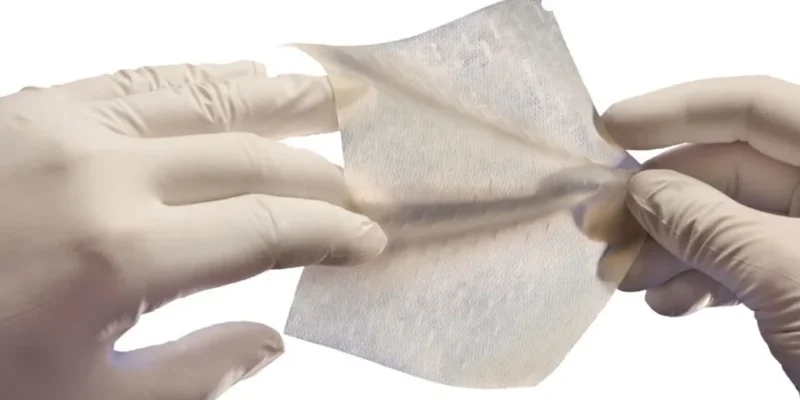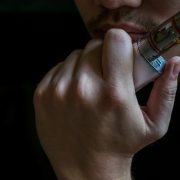What is Fake Skin? A Complete Guide to Uses and Benefits

The term fake skin refers to synthetic or artificial material designed to imitate the properties of human skin. Unlike natural skin, which is made of living cells, fake skin is developed using polymers, silicone, latex, or other synthetic compounds.
Its main purpose is to provide a realistic substitute for skin in areas where natural skin cannot be used. This makes it essential in industries such as:
- Medical research
- Prosthetics
- Tattoo practice
- Cosmetics and makeup effects
- Forensic science
Fake skin continues to evolve as science and technology advance, becoming more realistic and functional.
Fake Skin in Medicine and Healthcare
In the medical field, fake skin plays an essential role in training, research, and treatment. Doctors, nurses, and surgeons often need realistic models to practice procedures without risking harm to real patients.
Key medical uses of fake skin include:
- Surgical Training – Surgeons can practice stitches, incisions, and wound treatment on artificial skin.
- Burn Victim Care – Advanced synthetic skins are used as temporary coverings for burn patients, protecting wounds and aiding recovery.
- Skin Grafts Research – Scientists test new skin graft techniques on artificial skin before applying them to humans.
This shows how fake skin is not just a product, but a life-saving tool in healthcare.
Fake Skin for Tattoo Practice
Another industry where fake skin is vital is the tattoo world. Beginners and professionals alike use synthetic tattoo skins to:
- Practice tattoo designs without working on human clients.
- Improve needle depth control and ink shading techniques.
- Experiment with new styles before applying them to real skin.
Tattoo practice skins are usually made from silicone, rubber, or synthetic polymers, designed to mimic the texture of real skin.
This allows artists to hone their craft while reducing risks to actual clients.
Types of Fake Skin
Fake skin comes in different types depending on its purpose. Some of the most common include:
- Silicone-Based Skin – Durable, flexible, and commonly used in tattoo practice and prosthetics.
- Latex Fake Skin – Often used in makeup effects for movies and Halloween costumes.
- Gelatin-Based Skin – A popular choice in film and theater for creating wounds and scars.
- Biological Artificial Skin – Developed for medical purposes, often used in burn treatment and wound healing.
- 3D Printed Fake Skin – An advanced type of artificial skin created using bioprinting technology.
Each type is created for specific uses, ranging from entertainment to life-saving medical treatments.
How Fake Skin is Made
The process of making fake skin depends on its intended use. However, the general steps include:
- Material Selection – Silicone, latex, or polymers are chosen for texture and flexibility.
- Layer Formation – Layers are built to replicate the epidermis and dermis.
- Color Matching – Pigments are added to match human skin tones.
- Texture Application – Fine details such as pores, wrinkles, or scars may be added for realism.
For advanced medical applications, bioprinting technology is used, combining living cells with synthetic scaffolds to create bioengineered skin.
The Role of Fake Skin in Movies and Special Effects
In the world of cinema, theater, and makeup artistry, fake skin is a must-have. It allows makeup artists to:
- Create realistic scars, wounds, and burns for horror or war films.
- Design prosthetic characters such as aliens or monsters.
- Safely test makeup products without applying them directly on actors.
Special effects fake skin is typically made from latex or gelatin, both of which are inexpensive and easy to mold.
Fake Skin in Prosthetics
For individuals who have lost skin or body parts, fake skin is often used in prosthetic limbs and cosmetic reconstructions.
Modern prosthetic skins are made with high-grade silicone, allowing for:
- Realistic texture and tone
- Durability and flexibility
- Customization to match natural skin color
These innovations give people with prosthetics more confidence and comfort in their daily lives.
Advancements in Fake Skin Technology
The future of fake skin is being shaped by cutting-edge technologies, including:
- 3D Bioprinting – Scientists are developing skin with blood vessels for grafting.
- Smart Skin – Artificial skin that can sense pressure, heat, and touch.
- Self-Healing Polymers – Materials that mimic the natural healing process of human skin.
Such advancements mean that fake skin may one day be indistinguishable from real skin.
Advantages of Using Fake Skin
- Ethical – No harm to humans or animals in testing.
- Cost-Effective – Reusable and available at lower costs compared to real tissue testing.
- Safe Training – Perfect for medical students, tattoo apprentices, and makeup artists.
- Highly Customizable – Can be produced in different colors, textures, and thicknesses.
Disadvantages and Limitations
While fake skin offers many benefits, it also has some limitations:
- Cannot fully replicate natural skin’s biological functions.
- Some types may not provide the same durability as real skin.
- Advanced medical-grade artificial skin is still expensive.
Despite these drawbacks, the benefits outweigh the cons, especially in training and research.
Conclusion
The concept of fake skin has moved beyond simple imitation and become a life-saving innovation in medicine, tattooing, prosthetics, and entertainment. From training surgeons and tattoo artists to helping burn victims and creating movie magic, fake skin continues to prove its value.
As technology advances, we can expect even more realistic, functional, and medically useful fake skin, shaping the future of healthcare, art, and science.
FAQs
1. What is fake skin made of?
Fake skin can be made of silicone, latex, gelatin, or advanced polymers, depending on its use.
2. Can fake skin be used in medicine?
Yes, it is used for surgical training, burn treatments, and research on skin grafts.
3. Is tattoo practice on fake skin realistic?
Modern tattoo practice skins closely mimic real skin texture, making them effective for learning.
4. How is fake skin used in movies?
It helps create wounds, scars, and prosthetic characters for realistic special effects.
5. Will fake skin ever replace real skin?
While it cannot fully replace living skin yet, advancements in 3D bioprinting and smart materials bring us closer to functional artificial skin.
Also read: Blue Orange Dress: The Bold Fashion Statement You Need











